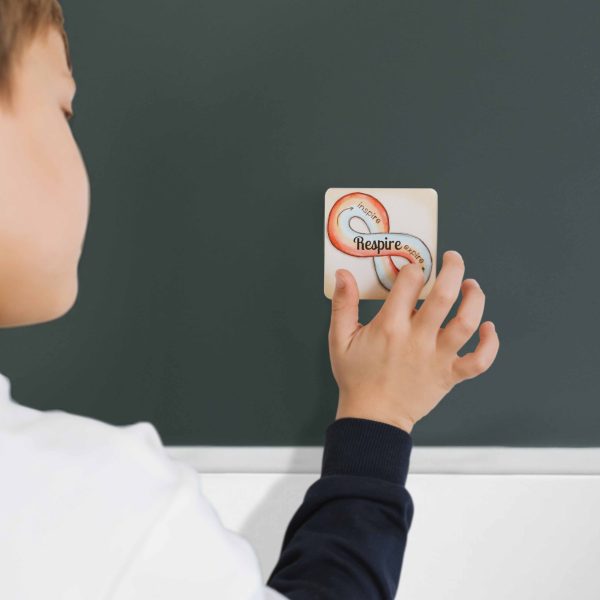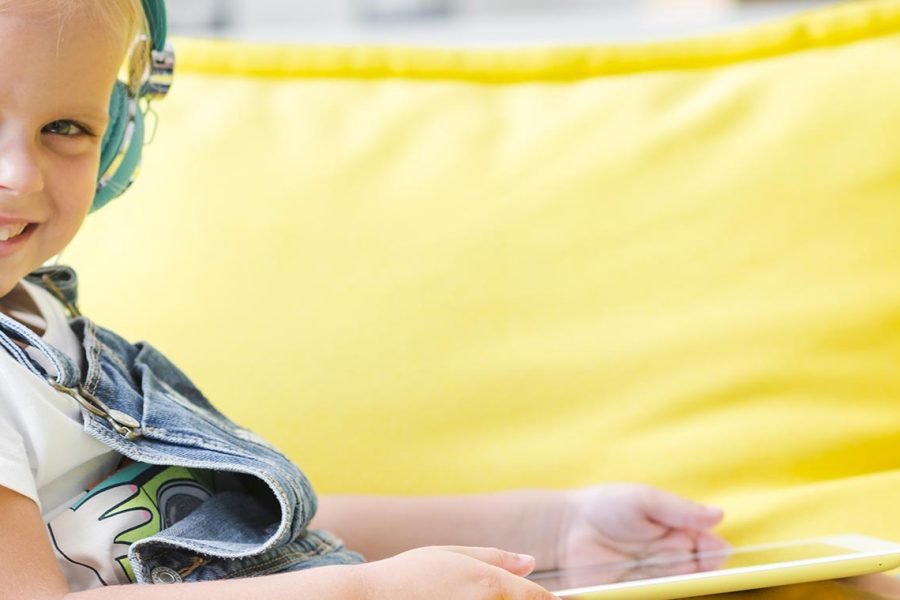Managing emotions during childhood plays a crucial role in a child’s overall development. Yet, it’s often a challenge for both parents and educators. In this article, we’ll explore why emotional regulation matters so much and aim to offer a practical guide. Our goal is to help parents and educators support children in their emotional growth—because equipping kids with strong emotional tools is key to their future.

Annie created an illustration showing different emotions your child might experience.
This visual aid will help children identify what they’re feeling—and you can download the PDF version by clicking here.
Understanding Children’s Emotions
The Nature and Development of Emotions
Children’s emotions are a fundamental part of their social-emotional development. From a very young age, infants display emotional responses that evolve over time. According to Naître et grandir, a child’s emotional development is influenced by biological, environmental, and social factors. Primary emotions like joy, sadness, anger, and fear appear early in life, while more complex secondary emotions develop later as children gain social skills.
The Impact of Emotions on Well-being
Learning to manage emotions in childhood is essential for overall well-being. Unregulated emotions can significantly affect a child’s mental and physical health. Children who learn to recognize and appropriately express their emotions are more likely to develop healthy self-esteem, which positively influences their social and emotional behaviors.
The Benefits of Strong Emotional Skills
Improved Behavior and Relationships
Teaching children to regulate their emotions leads to better behavior and stronger interpersonal relationships. When kids learn how to recognize and manage their feelings, they tend to show more positive social behaviors. Research from RIRE – Réseau d’information pour la réussite éducative has shown a strong link between emotional competence and academic and social success.
By understanding and constructively expressing their feelings, children build key skills like conflict resolution, teamwork, and clear communication. In other words, they become emotionally equipped to face life’s challenges. These skills create a positive learning environment and lead to better interactions with teachers and peers. Emotional management becomes a core element in supporting both academic and social achievement..
Helping a Child Recognize Their Emotions
Observation and Communication Techniques
The first step is helping your child identify what they’re feeling. Effective support starts with open, empathetic communication—even from infancy. Encourage your child to talk about their feelings using open-ended questions and active listening. For example, you might ask, “Are you crying because you’re sad and hungry?” You can also make faces in the mirror together to explore different expressions. These techniques help create a safe space where your child feels confident expressing themselves.
Using Educational and Visual Tools
Educational tools and visual aids are powerful allies in helping children understand emotions. According to special educator Maude Dubé, games, daily activities, and simple interventions can help children tune into their emotional experiences. Emotion charts, illustrated cards with facial expressions, and other visual cues provide concrete references that aid emotional learning. These fun and interactive tools help create an emotionally nurturing learning environment..
To get your own printable version of our emotion chart, click here.
Supporting Your Child’s Emotional Expression
Encouraging Verbal Expression
Helping your child put their feelings into words is a key step in emotional development. By creating a judgment-free space, parents and educators can nurture emotional expression. Ask questions to uncover the root of a reaction—sometimes anger masks feelings of rejection. Verbalizing emotions leads to better understanding and strengthens emotional bonds with adults.
Strategies for Specific Emotions
Managing Anger
It’s important to recognize and validate a child’s anger. Nonviolent communication and active listening help uncover the source of frustration. If you notice your child’s anger rising, suggest taking a break or shifting focus. However, don’t always distract them—learning to sit with tough emotions is part of the process. You can also:
- Encourage your child to use words to express how they feel.
- Be patient. Tantrums can be exhausting, but your child might need time to explain.
- Praise efforts when they express emotions using words.
- Read children’s books about feelings, like Real Emotions in Real Life by Valérie Kempa.
- Use calming techniques, like pretending to blow out candles on each finger or tracing patterns on our calming sensory stickers.
Handling Sadness
When your child feels sad, focus on understanding and validating their emotions. Let them know sadness is normal. Use active listening and gentle phrases like “I understand” or “That sounds hard.” Offer comforting gestures like hugs to show support. Helping them name the source of their sadness fosters emotional healing and builds a climate of trust.
Overcoming Fear
Helping your child face fear requires a calm and understanding approach. Use relaxation techniques, role-playing games to demystify fears, or simply create a safe space at home. The goal is to help your child understand and manage their fears for better emotional well-being.
Celebrating and Regulating Joy
Managing joy means celebrating happy moments while maintaining emotional balance. Encourage your child to express happiness in healthy ways—like jumping outside, doing a physical activity, or coloring. Teach emotional regulation through practices like gratitude or mindfulness to prevent overexcitement and promote emotional stability.
The Key Role of Parents
Being an Emotional Guide
Parents are their children’s first emotional guides. Being attentive and emotionally responsive helps strengthen the parent-child bond and encourages open communication. Talk about both pleasant and unpleasant emotions—yours and theirs—to normalize emotional expression. Creating regular opportunities for these discussions helps your child learn to articulate how they feel.
Parental responsiveness—acknowledging and validating emotions—provides the emotional support children need to build emotional intelligence and social skills.
Creating a Safe Emotional Environment
Parents are also responsible for creating a secure emotional space where expression is welcomed. A stable, understanding environment gives children the confidence to share their emotions without fear of judgment. Encouraging openness, showing consistent support, and modeling emotional tolerance lay the foundation for long-term emotional health.
Conclusion
In summary, by combining tailored strategies for each emotion with the essential role of parents as emotional guides, we can create the right conditions for children to understand and manage their feelings. Encouraging verbal expression, using visual tools, and nurturing emotional intelligence all contribute to emotional balance. With a proactive approach, parents can create a safe space where children learn to respond to life’s challenges and form strong, healthy relationships. Over time, these early-learned emotional skills become lasting assets, helping children thrive both socially and personally.








